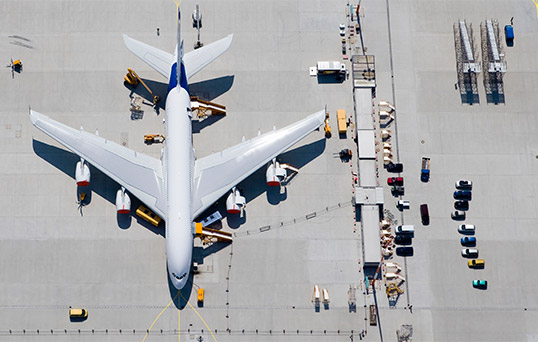If you are in the business of producing dangerous goods, smooth and safe transportation that complies with regulations is what you require.
What could happen when you use the wrong type of packaging for your dangerous goods?
As a producer of dangerous goods, you are responsible for the transportation of your goods, and for all situations and corresponding consequences during that transportation. From preparing the proper documentation and marking the boxes accordingly to selecting the right type of packaging in order to guarantee safety — it is your duty to comply with regulations and provide safe transportation. In case of an accident, you/your organisation will be held accountable, so selecting the correct type of packaging is crucial. Let’s describe what could happen when you use the wrong type of packaging.
Lithium-ion batteries, for instance, could catch fire. Obviously, you wouldn’t want this to happen at a cargo plane — or anywhere, for that matter. In this case, you must select fire-tolerant packaging material in order to absorb the flames coming from the ignited battery. If you don’t, the fire coming from the ignited battery will spread, with a high probability of a fatal outcome as a result.
Damaged lithium-ion batteries are not even allowed to be transported via airplane, but transporting them on a ship still means that you have to use fire-absorbent packaging. You will need all the help you can get from your packaging supplier to select the right packaging, so make sure you work with the right packaging supplier.
You will find tips on how to select the right supplier in our next article, so keep an eye out for it! If you want to get updated when new articles like our next post get published, please subscribe to our blog updates in the top right corner of this page.
What could happen when you use the wrong type of transportation for your dangerous goods?

A great example is a printer ink production company that was transporting bottles of printer ink via airplane. This event actually took place, by the way. During the flight, several bottles couldn’t withstand the amount of air pressure in the cabin, causing them to crack and start leaking. As a result, printer ink dripped down on the floor of the airplane and into other components and compartments. Ultimately, a large segment of the airplane had to be dismantled, investigated and sanitized. I think you can imagine the costs that came with that operation. How could the printing ink company have prevented this unfortunate event? Quite possibly by working with the right packaging supplier.
How the right packaging supplier can help prevent undesirable situations
“Why?”, you must think. “Would another packaging supplier have been able to design a packaging that would stop the bottles from cracking open?” Probably. But they for sure would have told you that transporting bottles of printer ink via an airplane simply doesn’t comply with regulations. They would have told you that these bottles weren’t fit for plane transportation in the first place and that you should opt for alternative transportation.
It’s a big plus if your packaging supplier is aware of these matters and is able to inform you about them. That’s why we believe selecting a knowledgeable packaging partner is so crucial. In our next article, my colleague Kjell-Arne will give you tips on how to select the right packaging supplier or evaluate your current packaging supplier. There are highly effective questions you can ask your supplier to find out if they provide a compliant packaging solution for your dangerous goods, and he will provide you with a list.
Dangerous goods packaging in practice
In the meantime, you can read this customer case to see how we helped a customer with organizing the shipment and return of lithium ion batteries (definitely dangerous goods!) to various distribution points on a global level. A main requirement from the customer was to provide them with safe distribution of their replacement batteries, but also the ability to switch the old battery with the replacement and send it back in the same box.
Take a look to see how we reduced this customer's cost of logistics by 20% with an efficient and compliant Lithium Ion Battery packaging solution — download the free case here: